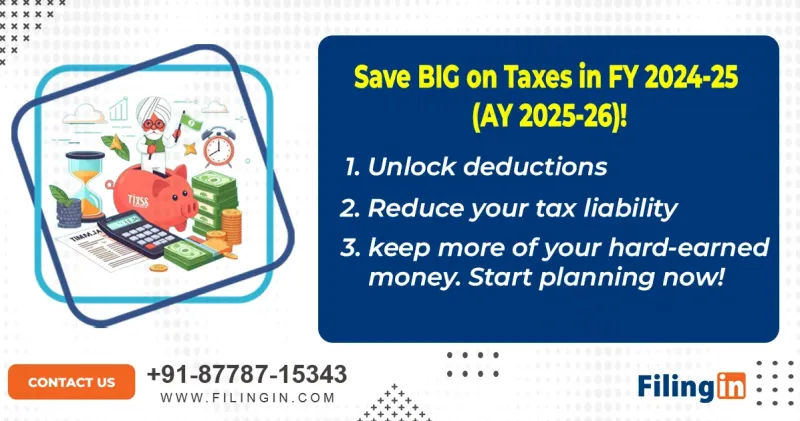
In 2025, American families are facing new economic challenges—rising living costs, changing job structures, and shifting tax rules. But there’s good news: with the right strategies, you can legally reduce your tax bill and keep more of your money.
This guide shares the top 10 tax-saving tips that are both practical and proven to help U.S. families in 2025. Whether you’re a parent, a freelancer, or a middle-class household, these tips can help you save thousands of dollars every year.
1. Maximize Your Child Tax Credit
The Child Tax Credit (CTC) remains one of the best tools for family tax savings. In 2025, eligible families can claim up to $2,000 per qualifying child under 17 years old.
If your income is under a certain limit, you may qualify for the Additional Child Tax Credit, which is refundable, meaning the IRS may send you money even if you don’t owe taxes.
Tip: File early and make sure your child has a valid Social Security Number to claim this benefit.
2. Contribute to a 401(k) or IRA
Saving for retirement also reduces your taxable income. In 2025, the contribution limit for a 401(k) is expected to be around $23,000 for those under 50, and $30,000 for those over 50 (with catch-up contributions).
If you’re self-employed or your employer doesn’t offer a 401(k), you can still invest in a Traditional IRA, which also lowers your taxable income.
Learn more about IRA rules at the IRS official website.
3. Use a Health Savings Account (HSA)
If you have a high-deductible health plan, an HSA is a triple-tax-advantaged account:
- Contributions are tax-deductible.
- Growth is tax-free.
- Withdrawals for medical expenses are also tax-free.
For 2025, the contribution limit is expected to be $4,150 for individuals and $8,300 for families.
Tip: Use your HSA for routine healthcare costs or save it for major medical bills.

The EITC is one of the most overlooked tax credits. It’s designed to help low to moderate-income workers and families. Depending on your income and number of children, the credit can be worth over $7,000.
You must meet certain income thresholds and file a tax return—even if you don’t owe any tax.
For eligibility, check the latest EITC guidelines at the IRS EITC page.
5. Deduct Student Loan Interest
Still paying off student loans? You may be able to deduct up to $2,500 of interest paid on qualified student loans.
This deduction is available even if you don’t itemize. But it’s gradually phased out at higher income levels.
Tip: Keep your Form 1098-E from your loan provider to claim this deduction.
6. Take Advantage of Education Tax Credits
The American Opportunity Tax Credit (AOTC) offers up to $2,500 per student for the first four years of college. The Lifetime Learning Credit (LLC) offers up to $2,000 per return, even for part-time students or career changes.
Tip: You can’t claim both AOTC and LLC for the same student in the same year—choose the one that gives you more savings.
7. Consider a Flexible Spending Account (FSA)
An FSA allows you to set aside pre-tax dollars (up to $3,200 per employee in 2025) for eligible healthcare expenses.
You must use the money within the plan year, so it’s ideal for predictable costs like prescriptions, glasses, or therapy sessions.
Ask your employer if they offer an FSA option and how to enroll.
8. Itemize Deductions if They’re Greater Than the Standard
In 2025, the standard deduction is about $14,600 for single filers and $29,200 for married couples. But if your itemized deductions (like mortgage interest, property taxes, and medical expenses) exceed this, you should itemize.

Tip: Keep all receipts and documents—audits can happen even years later.
9. Claim the Child and Dependent Care Credit
If you pay for daycare, after-school programs, or a nanny while you work or look for work, you can get back up to 35% of those costs, up to $3,000 for one child, or $6,000 for two or more.
Even summer camps may qualify—just make sure they’re not overnight camps.
10. Use Tax Software or a Certified Tax Professional
Finally, one of the smartest moves is getting help. Tax software like TurboTax or H&R Block can guide you through the process and ensure you don’t miss credits. For more complex situations, hire a certified tax professional.
The fee you pay may save you more in the long run by finding deductions and credits you didn’t know existed.
Consider comparing platforms or finding a licensed local CPA through IRS Directory of Federal Tax Return Preparers.
Final Thoughts: Don’t Wait Until April to Save on Taxes
Taxes can feel overwhelming, but planning throughout the year makes a big difference. These 10 tips are not just ways to save—they’re steps toward a more financially secure future for your family.
Start applying them now, and by the time April 2026 rolls around, you’ll be glad you did.
Quick Recap: 10 Best Tax-Saving Tips for American Families (2025)
- Maximize Child Tax Credit
- Contribute to 401(k) or IRA
- Use a Health Savings Account (HSA)
- Claim the Earned Income Tax Credit (EITC)
- Deduct Student Loan Interest
- Use Education Credits (AOTC & LLC)
- Opt for a Flexible Spending Account (FSA)
- Itemize if Your Deductions Exceed Standard
- Claim Child and Dependent Care Credit
- Use Tax Software or Hire a Pro
Read More :- The Best Story Behind Route 66: America’s Highway Icon






